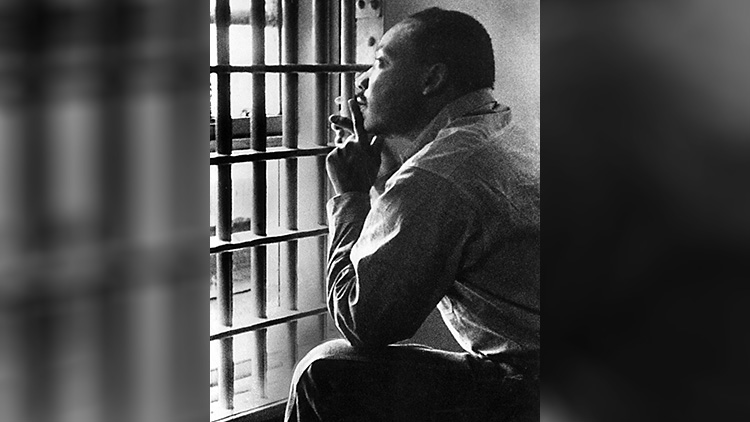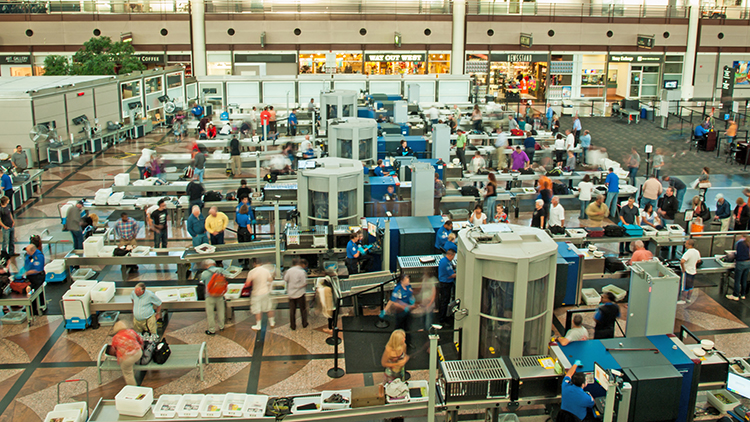
In the early 1960s, Birmingham, Alabama was a very segregated city. African Americans and White people were kept separated, with separate schools, restaurants, and water fountains. They lived in different parts of town. There were laws that made this separation legal. Several leaders, including Dr. Martin Luther King, Jr., decided to organize a mass protest to bring attention to the racial injustice in Birmingham.
The protestors were not going to be violent. Instead, they would boycott certain stores. They would march in the streets and also have sit-ins at all-White lunch counters. They thought that, if enough people protested, the local government would have to confront them. Then people all over the country would hear about the confrontation and about the segregation.
On April 12, 1963, a group of protestors led by Dr. King started a march. They were all arrested and sent to jail. While he was in jail, King wrote a letter that told why his strategy was important. His letter became famous. He said that people had a responsibility to break laws if the laws were not just.
Even with King’s letter, the protests did not get the attention that the planners had hoped. On May 2, over 1,000 children skipped school to join the protests. Law enforcement in Birmingham turned fire hoses and police dogs on the children. People across the country were shocked by the violence and brutality. After that, the city of Birmingham made an agreement. They would no longer have segregation in the city. African American people would also be hired in stores as salespeople and clerks.
The ideas in King’s letter influenced many leaders and paved the way for more nonviolent protests.
What Do You Think? How do people use King’s ideas about nonviolent protests today?
Photo Credit: Everett Collection Historical/Alamy Stock Photo



